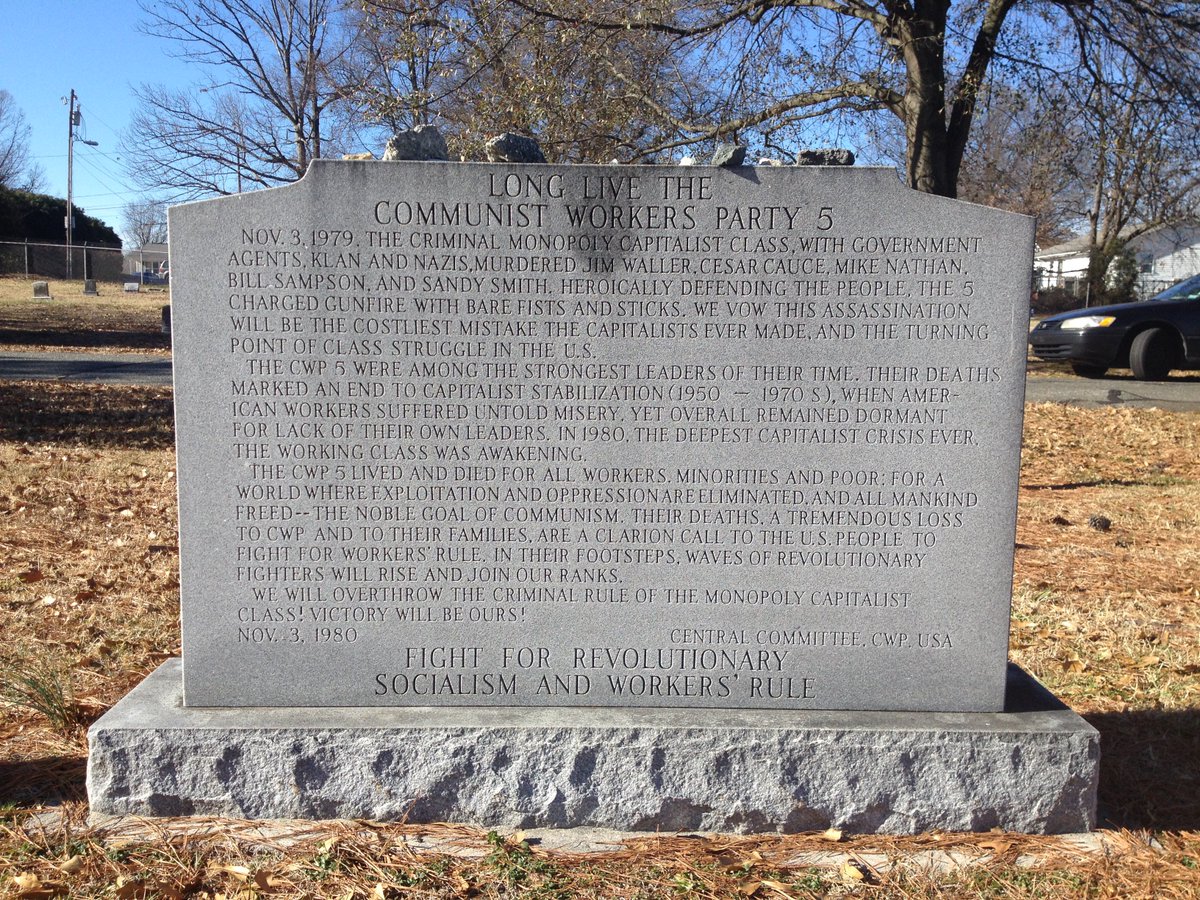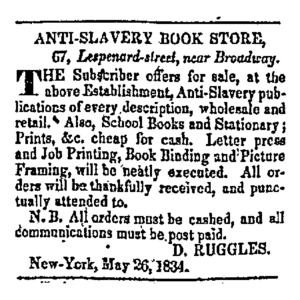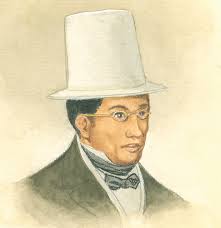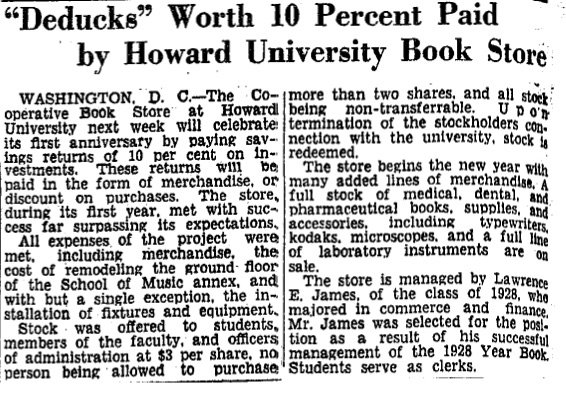
60 years ago today, eighteen Freedom Riders left for New Orleans from Washington, D.C. to desegregate the South's Jim Crow interstate buses.
Here are some of those who were arrested.
Hank Thomas, Washington, D.C., 19
Here are some of those who were arrested.
Hank Thomas, Washington, D.C., 19

Thomas, Lewis, and Farmer were part of the original 18 Freedom Riders, which also included James Peck, Ed Blankenheim, Walter Bergman, Benjamin Elton Cox, Charles Person, Frances Bergman, Genevieve Hughes and Jimmy McDonald, and others 

• • •
Missing some Tweet in this thread? You can try to
force a refresh






































